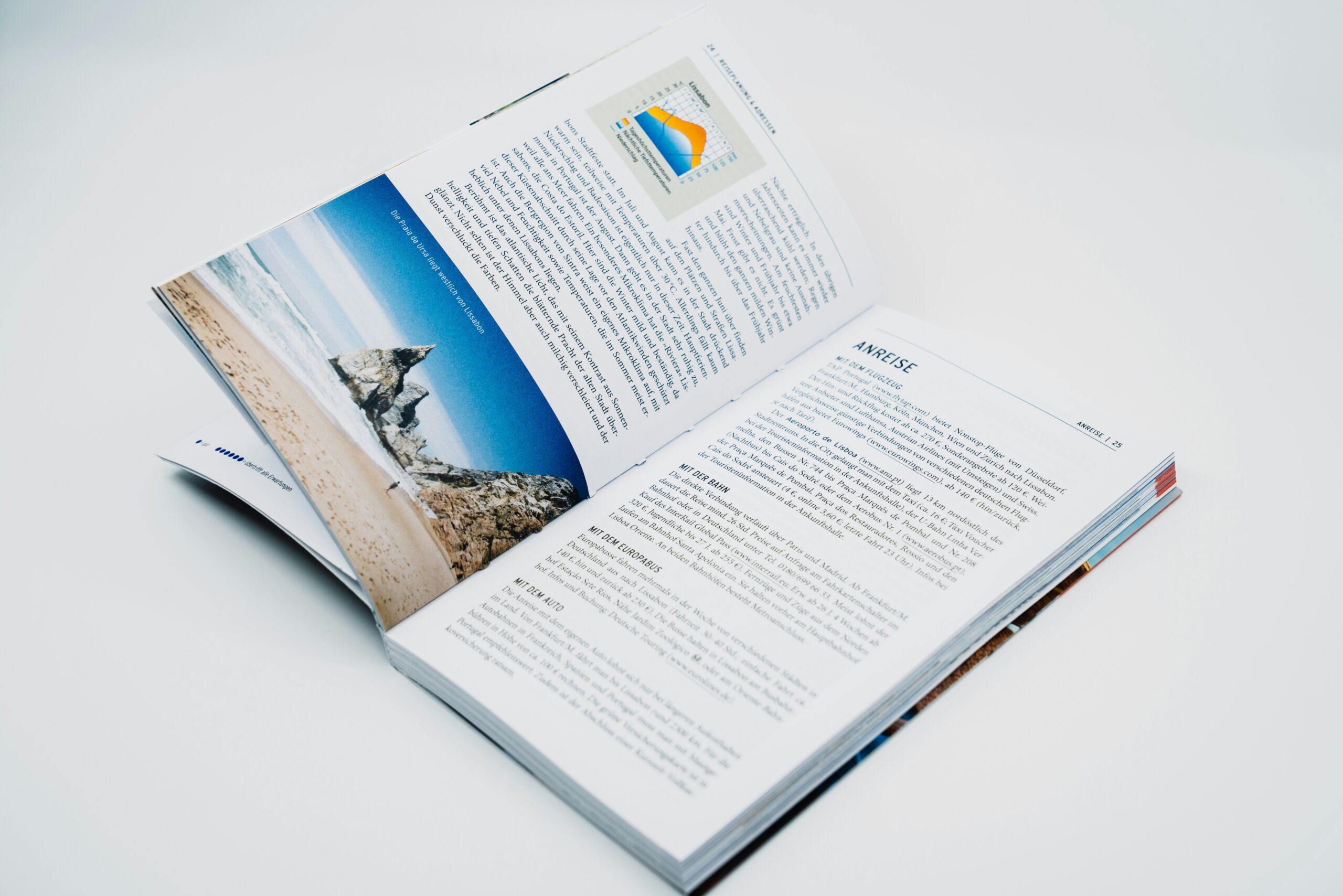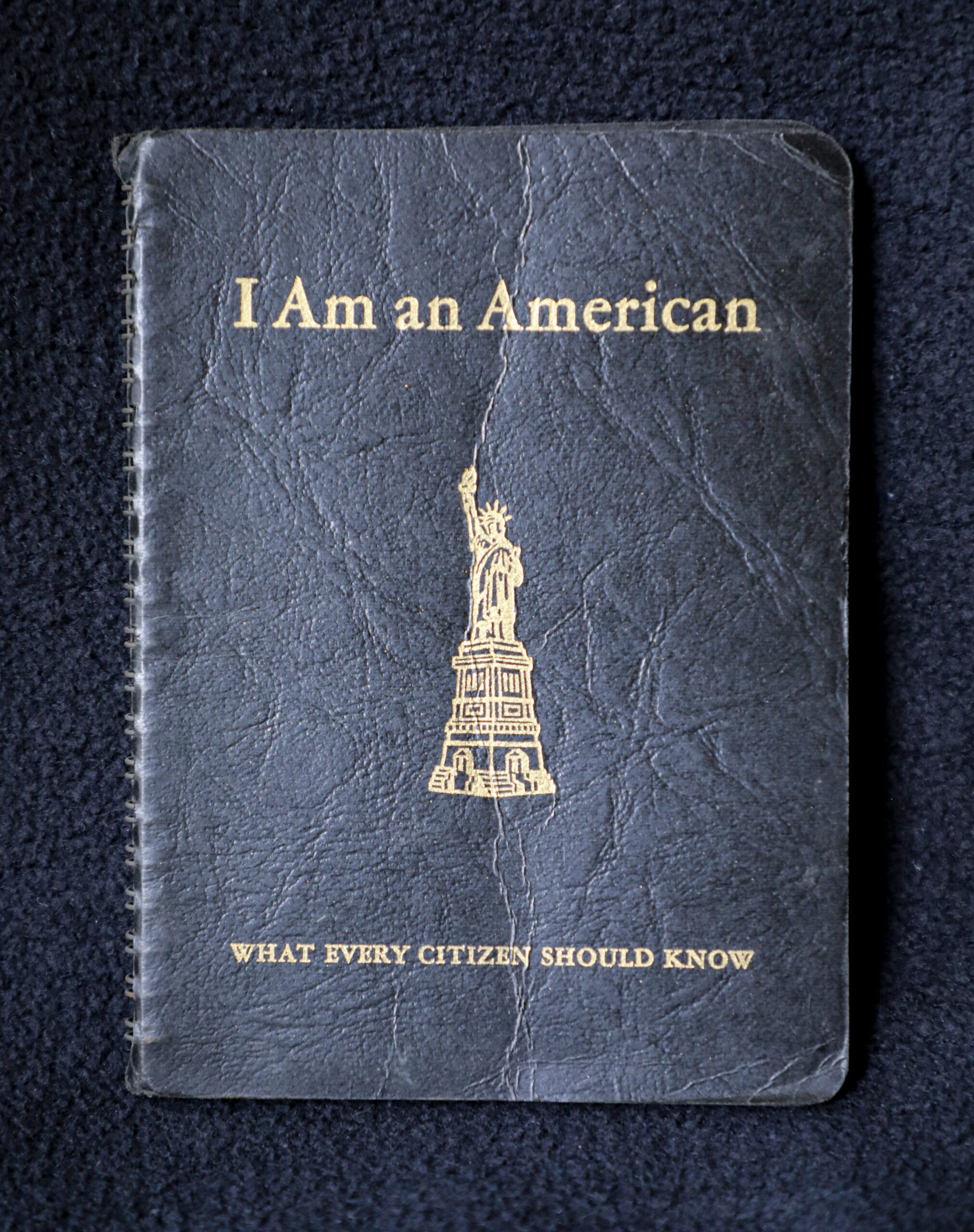When I first heard of mobile money, I was in high school: That was in 2007 when Safaricom Launched M-Pesa. While this definitely solidified Safaricom’s position as a market leader, by then Safaricom was already the leading telecommunications company in Kenya. The company had a market share of over 60% throughout the early 2000s. It was also the most profitable telecommunications company in Kenya had had the widest network coverage. By now, you might be wondering why I am talking about Safaricom yet the article in about Mobile Money in Africa: Well, the story of mobile money in Africa cannot be told without mentioning Safaricom.
If you are wondering what Safaricom is, well, here is a quick answer: Safaricom is a leading telecommunications company in Kenya, providing a wide range of mobile services, including voice calls, data, and mobile money. It is the most popular mobile network in Kenya, with over 30 million subscribers. Safaricom is also a pioneer in mobile money, with its M-Pesa service being the most widely used mobile money platform in Africa.
THE LAUNCH OF M-PESA: EARLY DAYS
When M-Pesa was launched in 2007 by Safaricom and Vodacom, it was introduced as a simple method of texting small payments between users and it targeted the unbanked, pre-pay mobile subscribers in Kenya. The early days of M-Pesa were met with skepticism and uncertainty. Many questioned the need for a mobile money service in a country with a low literacy rate and limited access to technology.

M-Pesa faced a myriad of challenges in its early days. Technologically, ensuring reliable network coverage across Kenya’s diverse terrain, especially in rural areas, and training Kenyans unfamiliar with mobile technology to use M-Pesa effectively were significant hurdles. Regulatory challenges included navigating a complex regulatory landscape, ensuring compliance with financial regulations, establishing clear consumer protection measures, and addressing fraud concerns. Social and cultural challenges involved overcoming cultural barriers to reach the unbanked and underbanked population and building trust in a new financial system. Operationally, expanding the agent network for accessibility, even in remote areas, and implementing robust fraud prevention mechanisms were critical.
However, even with all these challenges, Mpesa managed to pull crazy numbers. By November 2007, M-Pesa had over 1 Million users and by the end of 1 year since its launch, it had over 2 Million users and the value of transactions surpassed $1 billion.
THE RISE AND RISE OF MOBILE MONEY
The growth of mobile money in Africa has been nothing short of phenomenal. In 2012, there were just 12 million mobile money accounts in Africa. By 2022, that number had grown to over 520 million. Today, there are many telecommunication companies in Africa offering mobile money services. these include Safaricom (M-Pesa), MTN Group (MoMo), Airtel Africa (Airtel Money), Orange (Orange Money), Vodacom (M-Pesa) and Ethio Telecom (Telebirr) which launched in 2021.

The total value of mobile money transactions in Africa reached an estimated $701.3 billion in 2022, according to a report by the GSMA, the global association representing the interests of mobile operators worldwide. This represents a significant increase from the $495.6 billion transacted in 2021, reflecting the continued growth and adoption of mobile money services across the continent.
East Africa accounted for the largest share of mobile money transactions in 2022, with a total value of $491.8 billion. This was followed by West Africa ($136.4 billion), Central Africa ($42.2 billion), and Southern Africa ($30.9 billion).
WHY MOBILE MONEY MIGHT SOON DIE
There is no doubt that mobile money has made a huge stride since it was first launched in 2007. Safaricom is a good example and since the launch of M-Pesa, innovation has not stopped. Products such as M-Shwari, Pay bill/Till and Fuliza have shown that there is still a lot of potential.
However, even with all that innovation going on, it’s very clear that Mobile Money’s honeymoon is coming to an end. They say where there is smoke there is fire and the smoke can be seen from a distance.
At the center of the mobile money decline are Governments starting with those in Sub-saharan Africa that are implementing stiff and high taxes to mobile money users. In Tanzania for example, when government increased levy, mobile money revenues dropped from TZS 736 billion ($295.1 million) to 6.154 billion or $2.5 million between June and August, stabilising around TZS 6.555 billion ($2.6 million) in September 2021. In Uganda, the moment the government introduced a 1% withdrawal levy, mobile money transactions declined and there were massive job losses.
In Kenya, the situation has been similar. Of late transaction costs have increased and as a result some businesses are opting out of the service. Some customers now prefer to deal in cash than using MPesa.
Take this tweet for example,
With Governments wanting more from the cake and companies eager to make more money to fill the pockets of shareholders, transaction charges may not come down any time soon. However, this is not the only problem that mobile money faces.
Here are some factors that could potentially threaten the long-term sustainability of mobile money:
- Increased Competition from Digital Banks and Fintech Startups: The rise of digital banks and fintech startups offering innovative financial services at competitive rates could erode mobile money’s market share. These new players are leveraging technology to provide seamless customer experiences, lower transaction costs, and a wider range of financial products. Take Koy.network for example. This will be the greatest threat to mobile money and will take a huge chunk of the market once it rolls out. One of the main challenges KOY hopes to solve is the high transaction fees that Africans face when sending and receiving money. This will definitely be a game changer as they will be leveraging Web 3.
- Regulatory Scrutiny and Potential Overregulation: As mobile money transactions grow in volume and value, governments are likely to increase regulatory oversight to ensure consumer protection, prevent fraud, and maintain financial stability. This is already happening in Kenya. Overregulation will definitely hinder innovation, increase compliance costs, and hinder mobile money providers’ ability to adapt to changing market demands.
- Cybersecurity Threats and Data Breaches: The digital nature of mobile money transactions makes it vulnerable to cybersecurity threats, such as hacking, malware attacks, and phishing scams. Data breaches could erode consumer trust and lead to financial losses, potentially damaging mobile money’s reputation. This has been seen many times and it’s not going to stop soon.
- Interoperability Challenges and Lack of Standardization: The lack of interoperability between different mobile money platforms and traditional financial institutions creates friction and inconvenience for users. Standardized protocols and seamless interoperability are crucial for mobile money to fully integrate into the broader financial ecosystem.
- Infrastructure and Technology Limitations: The expansion of mobile money services to underserved and remote areas may be hindered by infrastructure limitations, such as unreliable electricity, poor internet connectivity, and lack of access to mobile devices. Addressing these infrastructure gaps is essential for ensuring inclusive access to mobile money services.
Of course this does not mean that these giant telecommunication companies will sit on their hands as the market slips out of their hands. All it means is that the future is no longer bright as it was for them and their end may be near. It’s a wait and see game but if I were an investor, I would probably hold my cash as I wait to see the next big thing.
I hope you enjoyed reading this piece. I would love to know your thoughts on this.













